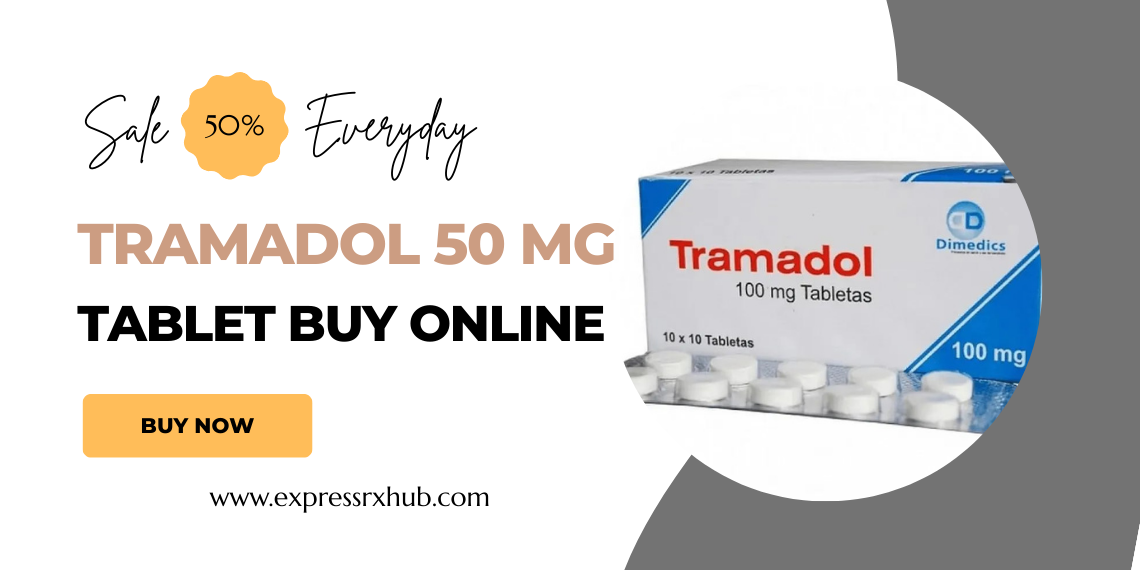
Tramadol 50 mg ranks among the most frequently prescribed pain medications in the United States, helping millions manage moderate to severe discomfort daily.
While effective for many patients, this pain relief medication requires careful understanding to use safely. Doctors prescribe tramadol for pain management in various conditions, from post-surgical recovery to chronic pain syndromes. However, its opioid properties demand caution, especially when patients attempt to buy tramadol online without proper medical guidance. Despite its effectiveness, tramadol carries significant risks alongside its benefits.
This comprehensive guide examines what you need to know about tramadol’s effects, proper usage, potential side effects, and important safety considerations to help you make informed decisions about your pain management options.
What Is Tramadol 50 mg and How Does It Work?
Tramadol 50 mg belongs to a class of medications known as opioid analgesics, although its mechanism differs significantly from traditional opioids. First approved by the FDA in 1995, this centrally-acting pain reliever operates through a unique dual mechanism that affects both opioid receptors and neurotransmitter systems in the brain.
Mechanism of Action: Opioid and Serotonin Effects
Unlike pure opioids, tramadol works through two complementary pathways that create its pain-relieving effects. Initially, it binds to μ-opioid receptors in the central nervous system, though with approximately 6000-fold less affinity than morphine. This explains why tramadol produces milder opioid effects than stronger narcotics.
What makes tramadol truly distinctive is its additional action on neurotransmitters. The medication exists as a racemic mixture of two enantiomers, each contributing differently to pain relief. The (+)-tramadol enantiomer primarily inhibits serotonin reuptake, while the (-)-tramadol enantiomer inhibits norepinephrine reuptake. This SNRI (serotonin-norepinephrine reuptake inhibitor) action resembles certain antidepressant medications and enhances tramadol’s analgesic properties.
Furthermore, tramadol requires metabolic activation to reach its full potential. The liver enzyme CYP2D6 converts tramadol to its active metabolite M1 (O-desmethyl-tramadol), which shows analgesic potency up to 6 times greater than the parent compound. This metabolic pathway explains why tramadol’s effectiveness can vary significantly between patients based on their genetic makeup and other medications they might be taking.
Available Forms: Tablets, Capsules, and Liquid
Tramadol comes in numerous formulations to accommodate various patient needs:
- Standard tablets: Containing 50 mg of tramadol
- Slow-release tablets: Available in strengths ranging from 50 mg to 400 mg
- Standard capsules: Containing 50 mg of tramadol
- Slow-release capsules: Available in 50 mg, 100 mg, 150 mg, or 200 mg strengths
- Liquid drops: Containing 100 mg of tramadol per 1 ml of solution
- Soluble tablets: Containing 50 mg of tramadol
- Orodispersible tablets: Containing 50 mg of tramadol that dissolve in the mouth
- Injectable forms: Typically administered in hospital settings
Immediate-release formulations begin working within 30-60 minutes and are generally used for pain expected to last for only a short time. Conversely, extended-release formulations are designed for continuous pain relief over longer periods.
When Is It Prescribed?
Physicians typically prescribe tramadol for moderate to moderately severe pain when other non-opioid pain medications have proven ineffective or intolerable. Specific situations include:
- Post-surgical pain management
- Moderate to severe acute pain
- Chronic pain requiring around-the-clock treatment
- Pain severe enough to require opioid treatment but where other options failed
Since July 2014, tramadol has been classified as a Schedule IV controlled substance due to its potential for misuse and addiction. Additionally, important restrictions apply to specific populations:
- Not recommended for children younger than 12 years old
- Not recommended for individuals between 12-18 years with certain risk factors such as breathing problems
- Not recommended for anyone under 18 who recently had tonsil or adenoid surgery
For most adults, the standard dosage of immediate-release tramadol is 50 mg every 4-6 hours, with a maximum daily dose of 400 mg. Elderly patients or those with liver or kidney problems typically receive adjusted dosages.
Dosage and Administration Guidelines
Proper dosing of tramadol is critical for achieving effective pain relief while minimizing potential side effects. Healthcare providers carefully determine dosages based on pain severity, patient age, and existing health conditions.
Standard Adult Dosage: 50 mg Every 4–6 Hours
For moderate pain, the standard adult dosage typically starts at 50 mg taken every 4 to 6 hours as needed. Patients with more severe pain may begin with 100 mg as an initial dose. The total daily intake should not exceed 400 mg across all formulations.
For elderly patients, particularly those over 75 years of age, doctors often recommend lower starting doses. These patients typically begin with 25 mg once daily in the morning. The maximum daily dose for patients over 75 is usually limited to 300 mg to reduce side effect risks.
Doctors frequently implement a gradual titration approach to find the optimal dose. For immediate-release formulations, this involves starting at 25 mg once daily and slowly increasing by 25 mg every 3 days until reaching the effective dose. This methodical approach helps minimize adverse reactions.
Extended-Release vs Immediate-Release
Extended-release (ER) tramadol provides longer-lasting pain relief compared to immediate-release formulations. The ER tablets or capsules are typically taken once or twice daily, whereas immediate-release forms require dosing 3-4 times throughout the day.
Treatment with ER tramadol usually begins at 100 mg once daily and may be increased by 100 mg every 5 days as needed, up to a maximum of 300 mg daily. Consequently, ER formulations offer more consistent pain control with fewer plasma level fluctuations.
Patients already using immediate-release tramadol can transition to extended-release. If the current daily dose is 200 mg or 300 mg of immediate-release, patients can switch to the same total daily dose of extended-release without needing to restart at 100 mg.
How to Take It Safely
Tramadol should be taken with a full glass of water. Extended-release tablets and capsules must be swallowed whole—never crushed, chewed, broken, or dissolved. Subsequently, breaking the controlled-release mechanism could deliver too much medication at once, potentially causing overdose or death.
Regarding food, tramadol may be taken with or without meals. Nevertheless, it’s important to maintain consistency—if you begin taking tramadol with food, continue doing so. A high-fat meal can slightly decrease absorption and extend the half-life from 14 to 17 hours.
Patients with severe renal insufficiency should not take extended-release tramadol. Similarly, those with severe hepatic impairment should avoid using tramadol. In cases of mild to moderate liver impairment, the initial oral dose is usually 50 mg of the immediate-release form.
What to Do If You Miss a Dose
If you miss a dose and remember soon after, take it immediately. Notably, if it’s almost time for your next scheduled dose, skip the missed dose and continue with your regular dosing schedule. Under no circumstances should you take double doses to compensate for a forgotten one.
For patients on long-term tramadol therapy, abrupt discontinuation may cause unpleasant withdrawal symptoms. Therefore, if you wish to stop taking tramadol, consult your doctor first—your dose will usually be reduced gradually to prevent withdrawal effects.
Common and Serious Side Effects
Like all medications that affect the central nervous system, tramadol 100 mg produces a range of side effects that vary from mild discomfort to potentially life-threatening reactions. Understanding these effects helps patients recognize when to seek medical attention and make informed decisions about their pain management.
Mild Side Effects: Nausea, Drowsiness, Constipation
The most frequently reported side effects of tramadol occur in more than 1 in 10 people and include nausea and dizziness. Other common reactions affecting more than 1 in 100 patients include:
- Drowsiness and sleepiness
- Constipation
- Dry mouth
- Headache
- Sweating
- Fatigue or unusual tiredness
These mild side effects often improve as your body adjusts to the medication, typically within a few days or weeks. Taking tramadol after meals can reduce nausea, whereas increasing fiber intake and water consumption usually helps manage constipation. Regarding drowsiness, avoiding driving or operating machinery until you know how tramadol affects you remains essential for safety.
Severe Reactions: Seizures, Breathing Issues, Skin Rash
Seizures represent one of the most serious complications associated with tramadol usage. The risk increases with higher doses, especially those exceeding recommended limits. People with a history of seizure disorders face greater danger when taking this medication. Notably, tramadol can lower the seizure threshold, making convulsions more likely, especially when combined with antidepressants, antipsychotics, or other opioids.
Breathing problems constitute another critical concern. Tramadol may cause slow or shallow breathing, particularly in elderly patients or those with preexisting respiratory conditions. This risk escalates during initial treatment or following dosage increases. Signs of respiratory depression include bluish discoloration of lips or fingernails, confusion, and excessive sleepiness.
Severe skin reactions, albeit rare, can be life-threatening. These include Stevens-Johnson Syndrome (SJS) and Toxic Epidermal Necrolysis (TEN), characterized by painful red or purple skin that peels off, flat red rash or blisters on skin and mucous membranes, and red, painful, watery eyes.
Signs of Serotonin Syndrome
Serotonin syndrome results from excessive serotonin in the body and can occur with tramadol use, especially when combined with other serotonergic medications. This potentially fatal condition typically develops within several hours of starting tramadol or increasing its dosage.
Early warning signs include:
- Agitation or restlessness
- Confusion and disorientation
- Rapid heartbeat and high blood pressure
- Dilated pupils
- Muscle twitching or rigidity
- Heavy sweating
- Diarrhea and shivering
In severe cases, symptoms progress to high fever, seizures, irregular heartbeat, and unconsciousness. Immediate medical attention becomes crucial if you experience these symptoms after taking tramadol.
Warnings, Contraindications, and Risk Factors
Certain patient populations face heightened risks when taking tramadol 100 mg, making thorough screening essential before starting this pain relief medication. Understanding these contraindications helps prevent potentially dangerous complications.
Who Should Not Take Tramadol
Tramadol is strictly contraindicated for individuals with hypersensitivity to the drug or any opioid. Moreover, those taking MAO inhibitors or who have used them within the past 14 days should avoid tramadol completely due to potentially fatal interactions. Patients with severe respiratory depression, bronchial asthma in unmonitored settings, or gastrointestinal obstruction must likewise avoid this medication. Accordingly, individuals with a history of seizure disorders face increased risks, as tramadol can lower the seizure threshold.
Pregnancy and Breastfeeding Considerations
For pregnant women, tramadol requires careful consideration. The medication crosses the placental barrier, potentially affecting fetal development. Prolonged use during pregnancy can result in neonatal opioid withdrawal syndrome, which may become life-threatening if not recognized and treated promptly. Regarding breastfeeding mothers, the FDA explicitly recommends against tramadol use since it passes into breast milk and could cause excess sleepiness, difficulty breathing, or feeding problems in infants. First and foremost, mothers should discuss alternative pain management options with their healthcare providers.
Addiction and Misuse Potential
Despite being classified as a Schedule IV controlled substance with supposedly lower abuse potential than other opioids, tramadol still carries significant addiction risks. In fact, data shows that of the 14.6 million people aged 12 and older who used tramadol products in 2022, approximately 9.4% misused the drug. Polysubstance use—especially combining tramadol with alcohol or benzodiazepines—dramatically increases the risk of profound sedation, respiratory depression, and death. Signs of tramadol addiction include taking larger amounts than prescribed, unsuccessful attempts to cut down use, and continued use despite negative consequences.
Elderly and Pediatric Use Warnings
Elderly patients, particularly those over 75 years old, experience prolonged elimination half-life and elevated serum concentrations of tramadol, necessitating dose adjustments. In contrast, tramadol is entirely contraindicated for children younger than 12 years and for adolescents under 18 following tonsillectomy or adenoidectomy. Children aged 12-18 with risk factors like obesity, sleep apnea, or lung disease should also avoid tramadol given the documented cases of life-threatening respiratory depression and death in pediatric patients.
Overdose, Withdrawal, and Safe Disposal
Recognizing the dangers associated with tramadol misuse can prevent potentially fatal outcomes. Proper handling throughout its lifecycle—from administration to disposal—requires attention to specific safety protocols.
Symptoms of Overdose and Emergency Response
Tramadol overdose presents with several distinct warning signs, including pinpoint pupils, unconsciousness, and difficulties with breathing. Additional symptoms include seizures, extreme drowsiness, slowed heartbeat, weak muscles, and cold, clammy skin. Seizures represent a particular concern with tramadol compared to other opioids.
If you suspect an overdose, call 911 immediately. While waiting for emergency services:
- Administer naloxone (Narcan) if available
- Turn the person onto their side if unconscious to prevent choking
- Monitor breathing and heart rate
- Perform CPR if trained and necessary
Naloxone acts as an antidote that temporarily reverses opioid effects, potentially saving lives when administered promptly.
Withdrawal Effects and Tapering Off
Physical dependence develops even when taking tramadol exactly as prescribed. Abruptly stopping can trigger withdrawal symptoms including anxiety, irritability, sweating, chills, nausea, diarrhea, muscle aches, and in some cases, severe confusion or hallucinations.
Instead of quitting “cold turkey,” experts recommend a gradual tapering schedule under medical supervision. Reduction rates typically range from 10% to 50% weekly, depending on individual circumstances. Throughout this process, healthcare providers may monitor symptoms, prescribe supportive medications, and recommend therapy to manage discomfort.
How to Store and Dispose of Tramadol Safely
Store tramadol in its original container at room temperature, away from moisture and heat, and always out of children’s reach. For unused medication, drug take-back locations provide the safest disposal option. Alternatively, mail-back programs or DEA-authorized collection sites accept unwanted medications.
If these options aren’t available, the FDA permits flushing tramadol down the toilet rather than discarding it in household trash where others might find it.
Conclusion
Tramadol 50 mg remains a valuable option for managing moderate to severe pain when used appropriately under medical supervision. Though effective for many patients, this medication demands respect due to its dual-action mechanism affecting both opioid receptors and neurotransmitter systems. The standard dosage of 50 mg every 4-6 hours works well for most adults, yet individual factors such as age, kidney function, and concurrent medications significantly influence safe dosing.
Safety concerns certainly warrant attention. Patients should watch for common side effects like nausea and constipation while remaining alert to serious reactions including seizures, breathing difficulties, or signs of serotonin syndrome. Additionally, specific populations face heightened risks—pregnant women, breastfeeding mothers, children under 12, and elderly patients all require special consideration before tramadol therapy begins.
The addiction potential of tramadol should never be underestimated. Despite its classification as a Schedule IV controlled substance with supposedly lower abuse risk than traditional opioids, millions of Americans misuse this medication annually. Therefore, patients must follow prescribed dosages strictly and communicate openly with healthcare providers about any concerning symptoms.
Proper storage and disposal practices further enhance safety for the entire household. Unused medication should be taken to authorized collection sites rather than kept indefinitely or discarded carelessly.
Ultimately, tramadol 50 mg can provide effective pain relief when patients understand both its benefits and risks. Responsible use includes following medical guidance, recognizing warning signs of adverse effects, and gradually tapering off the medication when treatment concludes. The decision to use tramadol should result from thoughtful discussion between patient and provider, weighing pain management needs against potential complications for truly informed healthcare choices.
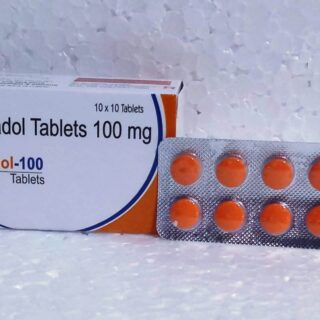

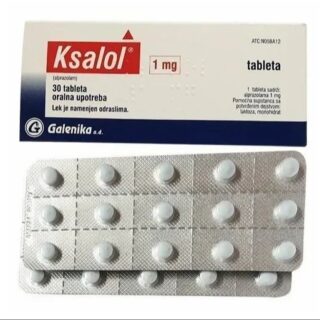

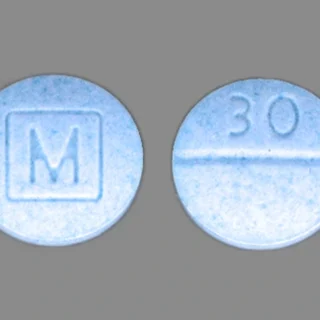

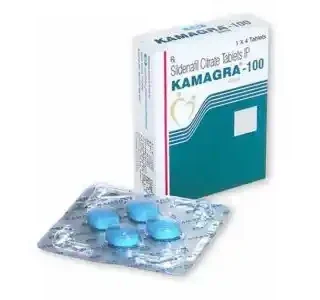
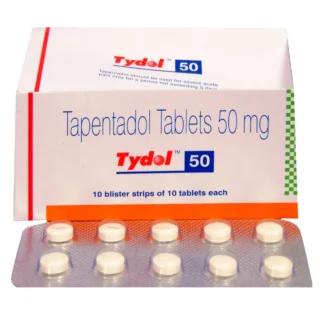
Leave a Reply